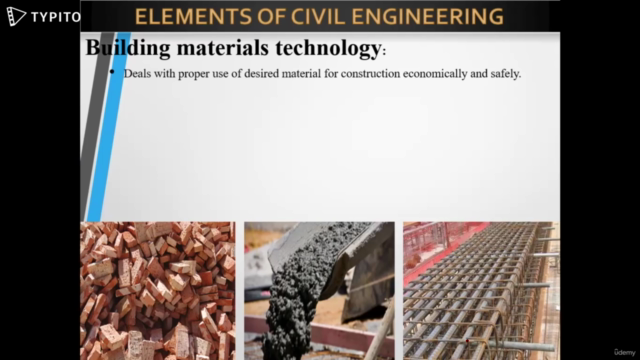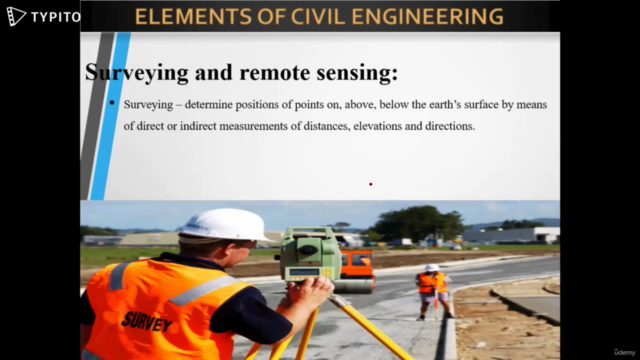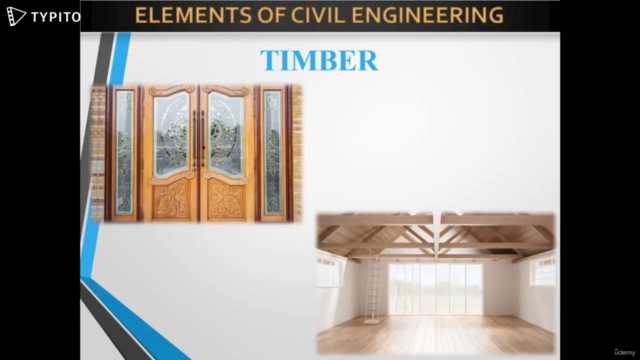Basics of Civil Engineering Mechanics - Beginner Course

Why take this course?
🎉 Basics of Civil Engineering Mechanics - Beginner Course 🏗️
Welcome to the foundational course in Civil Engineering Mechanics designed specifically for students who are eager to delve into the world of forces, vectors, momentum, and numerical methods. This comprehensive course will guide you through the essential concepts that form the backbone of civil engineering, ensuring you have a deep understanding of the principles that govern the structural integrity and safety of our built environment.
Course Highlights:
🎓 Scope of Civil Engineering
- Introduction to Civil Engineering: Learn about housing, roads, bridges, dams, and the basic introduction of building materials such as cement, bricks/blocks, aggregates, timber, steel, and composites.
- Structure Components: Understand the substructure, superstructure, and finishes that complete a civil engineering project.
📐 Co-Planar Concurrent Forces
- Statics Principles: Grasp the concepts of particles, rigid bodies, types of forces, and the principles of physical independence, transmissibility, and superposition of forces.
- Composition and Resolution of Forces: Master the definition of resultant forces and learn to apply the parallelogram law of forces to solve complex problems.
⚙️ Moment of Force
- Moments of Force: Dive into understanding moments of force and the application of Varignon’s theorem of moments.
- Composition of Forces: Learn how to convert a co-planar non-concurrent force system into an equivalent force-couple system and tackle numerical problems involving these concepts.
🔸 Equilibrium of Forces
- Equilibrium in Planes and Space: Study the equilibrium conditions for concurrent, parallel, and general forces both in planes and space.
- Numerical Problems: Solve real-world problems related to co-planar, concurrent, and non-concurrent force systems.
🌐 Co-Planar Non-Concurrent Forces
- Introduction to Beams: Explore the various types of loads and supports that beams can experience.
- Support Reactions: Calculate the reactions at supports for statically determinate beams under different loading conditions.
🤸♂️ Friction
- Understanding Friction: Learn about static friction, laws of friction, and how to determine limiting friction and angle of friction.
- Block and Ladder Friction: Analyze impending motion on horizontal and inclined planes, and solve numerical problems related to these scenarios.
🔧 Centroid
- Locating the Centroid: Understand how to find the centroid of various shapes using both graphical and integration methods.
- Centroid of Composite Sections: Apply your knowledge to solve numerical problems involving composite sections.
📐 Moment of Inertia
- Second Moment of Area: Discover the concept of moment of inertia and how it affects structural behavior.
- Polar Moment of Inertia and Radius of Gyration: Learn about different axes and their significance in the analysis of structures.
- Numerical Problems: Put your skills to the test with real-world examples involving rectangular, circular, triangular areas, and composite sections.
What You Will Learn:
- Basic Concepts: Gain a strong foundation in civil engineering mechanics.
- Problem Solving Skills: Develop the ability to solve complex problems through numerical examples and applications.
- Real-World Application: Understand how these principles are applied in the design and analysis of civil engineering structures.
Who Should Take This Course?
- Civil Engineering Students: Ideal for those who are new to civil engineering mechanics or looking to refresh their knowledge.
- Engineering Professionals: Perfect for professionals who want to enhance their understanding of the fundamentals of force systems and structural analysis.
Join us on this journey through the basics of Civil Engineering Mechanics, where each concept is broken down with clarity, and real-world applications are brought to life. Enroll now and unlock the doors to a successful career in civil engineering! 🛠️🌍
Course Gallery




Loading charts...